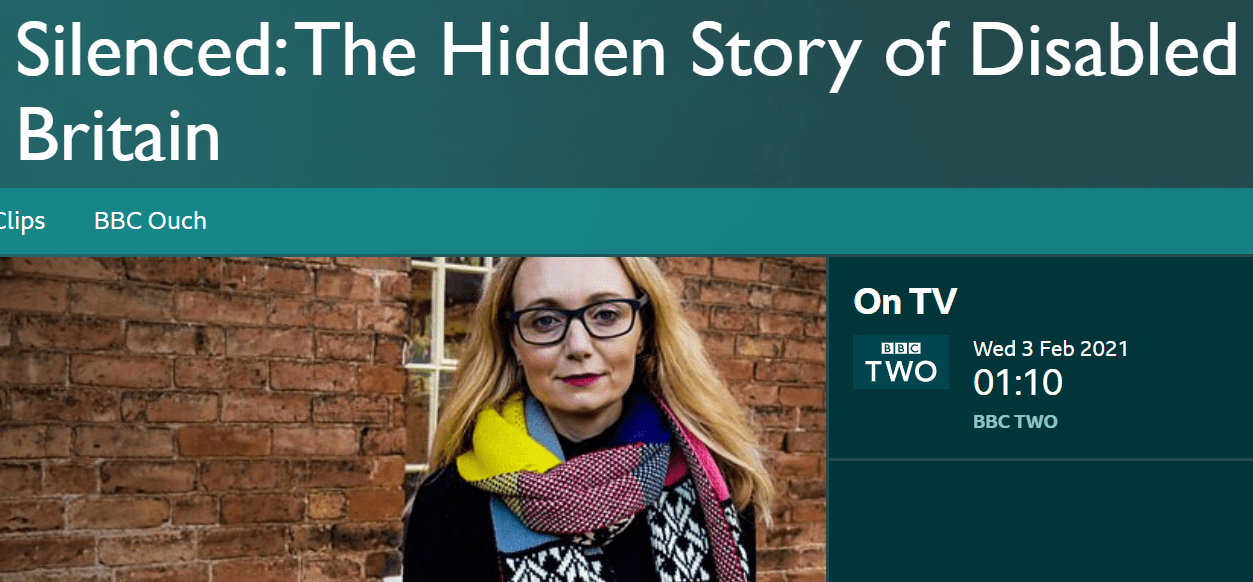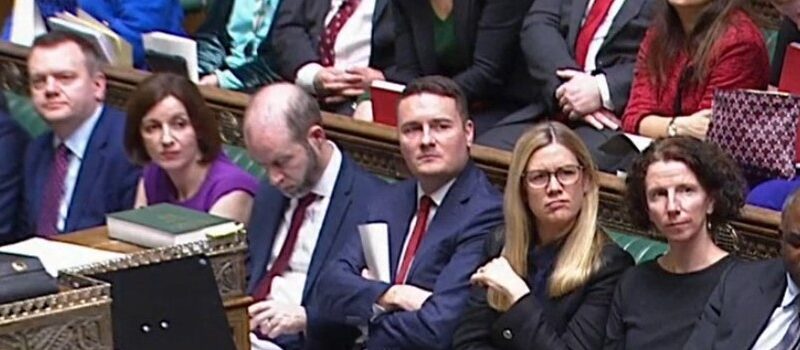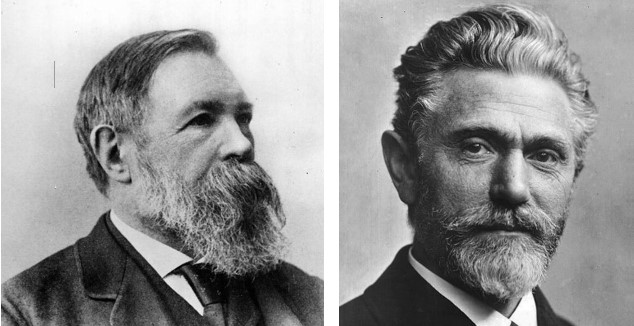By Mark Langebeer, Newton Abbot Labour member
Disabled people have been the most affected by austerity and by the pandemic. And despite legislation and welfare reforms in recent decades, many disabled people are still struggling to get even basic necessities of life.
A recent BBC 2 documentary, Silence: The hidden story of Disabled People, gives an account of the struggles facing the disabled since the mid-19th century. Cerrie Burnell, a writer and actor, gave an account in the programme of her own experiences and the history of prejudice and discrimination against those with physical and mental disabilities. She quoted a letter which complained that her lower arm amputation ‘frightened children’ when Burnell was a presenter on BBC Children’s TV.
Burnell cited a report from the 1840s, which described workhouses as being the usual lot for most of the disabled. Disability and poverty went hand in hand in the 19th century. At the turn of the next century, social reformers like Mary Denby set up a care home for those with disabilities. The aim was to relieve people from poverty and the workhouses.
However, the idea that they should be separated from ‘normal’ life continued. Denby and other worthies, who included Winston Churchill, supported the Mental Deficiency Act of 1913, which allowed for forcible ‘sectioning’ – incarceration in an institution, where many would remain for the whole of their lives.
At this time, the ideas of Eugenics had become a significant force in many nations. It was the view of eugenicists that it was our genes which determined our intellectual and physical capabilities and effectively it sought to minimise the propagation of ‘bad’ genes and the promote the spread of ‘good’ genes. The theories of eugenics resulted in the forced sterilization of the disabled and around the world the sterilisation of many. In the US alone, over 65,000 women were sterilised, for the ‘crime’ of being a convicted felon or being epileptic. Hitler’s regime sterilized over 400,000, and exterminated 250,000 disabled people. If you were disabled, you were regarded as worthless.
Echoes of these ideas still persist in the modern era. I recall Sir Keith Joseph, a so-called Tory ‘theoretician’, highly thought of by Margaret Thatcher, who advocated sterilization of those he regarded as the lower orders. Attitudes began to change after the Second World War.
Ludovic Gutman, a Jewish neurologist who had escaped from the Nazis, was regarded as a pioneer of the paraplegic movement and he developed new ideas. His legacy was the idea that everyone in society had worth. But despite this, inclusion in society remained elusive for most of the disabled.
In 1970, Paul Hunt wrote an article which argued that the disabled were an oppressed section of society and he demanded equal rights. He had been affected by the Civil Rights movement in the USA and the women’s movement for equal rights. A struggle began in the 80s and 90s which included direct action, involving, for example, blocking roads in London to demand access to public transport. Disabled campaigners picketed charity programmes on TV; they demanded rights, not pity. They also demanded the right for disabled children to attend mainstream schools.
These direct-action campaigns led to the 2010 Disability Equalities Act, passed in the late stages of the then Labour government. However, as a number of contributors to the programme pointed out, the last ten years have seen a regression in disability rights as a result of austerity and now Covid as the disabled have been the most affected by the cuts and the pandemic. Labour must demand the restoration of all benefits and services to levels of the 2010 Act as an absolute minimum, and must support equal rights for all.
The BBC programme is still available to watch here.



